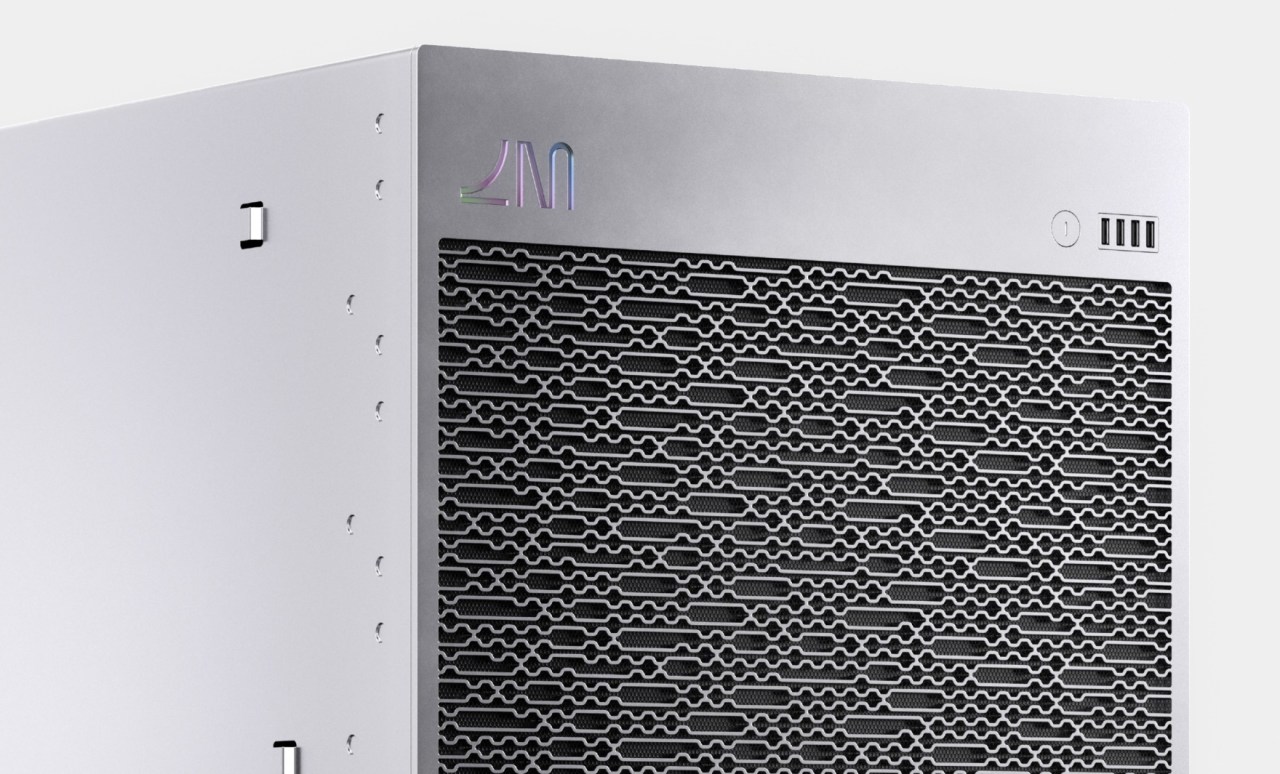In the rapidly evolving world of artificial intelligence, where traditional architectures like GPUs and TPUs are pushing against the boundaries of physical limitations, a new player has stepped onto the stage. Lightmatter, a photonic computing startup, has recently raised $154 million in funding, catapulting its innovative technology into the spotlight. With a goal of transforming how AI computations are conducted, Lightmatter is using light to power its next-gen hardware, and in doing so, it promises not just speed but efficiency that traditional silicon-based systems simply can’t match.
Understanding the Challenge: The Energy Ceiling
As artificial intelligence scales and models grow increasingly complex, the requirement for computational power becomes dire. According to Lightmatter’s CEO, Nick Harris, the “energy power wall” is a significant challenge many organizations face today. It’s alarming to think that training a single large language model can demand as much energy as 100 American homes consume in a year. So, how does Lightmatter plan to tackle this dilemma?
- Traditional Architecture Limitations: Current computational methods are approaching their limits in terms of density and energy efficiency. As AI technology continues to evolve, the cost and physical limitations imposed by traditional silicon transistors are causing a bottleneck.
- Waste Heat Production: The enormous amount of power consumed leads to substantial waste heat, making cooling systems even more vital—adding both complexity and cost to AI deployments.
The Photonic Advantage: Light as a Resource
At the heart of Lightmatter’s strategy is a captivating shift to photonic computing, wherein optical flow from light is leveraged to conduct essential computational processes. The company’s chips utilize microscopic optical waveguides, which allow light to navigate through a series of operations—and the results are promising.
- Analog-Digital Hybrid: Lightmatter’s approach represents a blend of analog and digital methods, optimizing the way data is processed.
- Power Efficiency: Since the waveguides are passive, the primary energy consumption originates from generating and reading the light, presenting a significant reduction in operating costs.
- Enhanced Processing Power: By employing different light wavelengths (for instance, blue and red), the chips effectively create “virtual chips”, greatly amplifying their computational capabilities. Imagine doubling the colors, and therefore, doubling the power—a concept that sets this technology apart.
Integration into the AI Ecosystem
Lightmatter is not just reinventing the wheel. The integration of its Envise hardware with existing AI frameworks like PyTorch and TensorFlow means that machine learning developers won’t need to uproot their preferred workflows. Rather, they can utilize Lightmatter’s intuitive software stack to streamline their existing processes further.
“We’ve built a software stack that integrates seamlessly,” Harris explains, emphasizing the simplicity with which AI developers can jump on board. The transition realizes a vision where they can import existing networks and run established code directly on Envise, minimizing disruption and maximizing efficiency.
A Bright Future: Next Steps for Lightmatter
With beta pilots underway and mass production on the horizon for 2024, Lightmatter is poised to significantly disrupt the AI hardware landscape. The new funding has not only provided necessary resources for operational expansion but also affirms investor confidence in the viability of photonic computing as a transformative force within the industry.
Moreover, Lightmatter’s commitment to refining its technology before full-scale deployment positions it as a formidable competitor in the race for more effective AI computation.
Conclusion: Peaks of Possibility
The arrival of Lightmatter and its photonic chips signals a turning point in the computing world. By marrying light with computation, the company is not just developing a novel approach—it is paving a new pathway forward for artificial intelligence at large.
As AI continues to intertwine with diverse industries, the importance of innovative energy-efficient solutions cannot be overstated. At fxis.ai, we believe that such advancements are crucial for the future of AI, as they enable more comprehensive and effective solutions. Our team is continually exploring new methodologies to push the envelope in artificial intelligence, ensuring that our clients benefit from the latest technological innovations.
For more insights, updates, or to collaborate on AI development projects, stay connected with fxis.ai.

